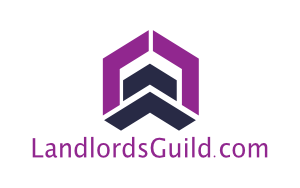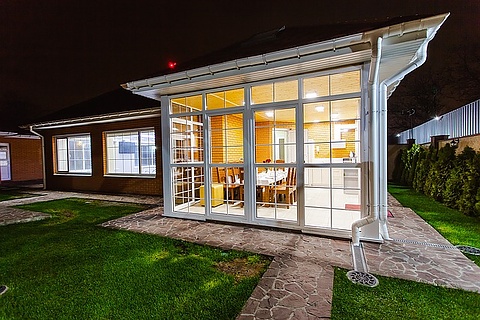Suspected capital gains tax abuse by buy to let landlords is contributing to Britain’s mountain of £117 billion tax reliefs.
A report by the National Audit Office (NAO) looking into HM Revenue and Customs (HMRC) accounts for last year reveals principle private residence relief (PPR) climbed from £10.5 billion in 2012-13 to £18 billion in 2015-16.
PPR is claimed when property owners dispose of their main home.
Claims for the relief swelled by £1.7 billion last year.
The NAO believes HMRC is failing to scrutinise tax returns closely enough to check for fraudulent claims and that buy to let landlords and second home owners may be avoiding tax by falsely stating they have lived in a property.
The report also suggests increasing number of buy to let landlords are claiming PPR because they do not understand capital gains tax rules.
“There are several restrictions and related reliefs which allow individuals to claim relief for two homes concurrently. This means more scrutiny may be needed to ensure people are following the rules correctly,” the NAO said.
“Reliefs reduce tax bills and may be exploited or used in ways which parliament did not intend.”
HMRC argues that PPR claims increased because the value of homes has risen and more are sold each year.
Since 2012, many homes in London and the South East have increased in value by at least a third.
“We ensure the right capital gains tax is paid by reviewing the data we hold and cross-checking against third-party information,” said a spokesman.
PPR was introduced to exempt property owners from capital gains tax on the sale of their main home.
Landlords can claim PPR and lettings relief if they sell a letting property that has been their main home some time during their ownership. The claim reduces any capital gains tax the property has generated.





One of the best ways of managing a deficit is to cut spending. Anyone care to nominate Trident for the cut?